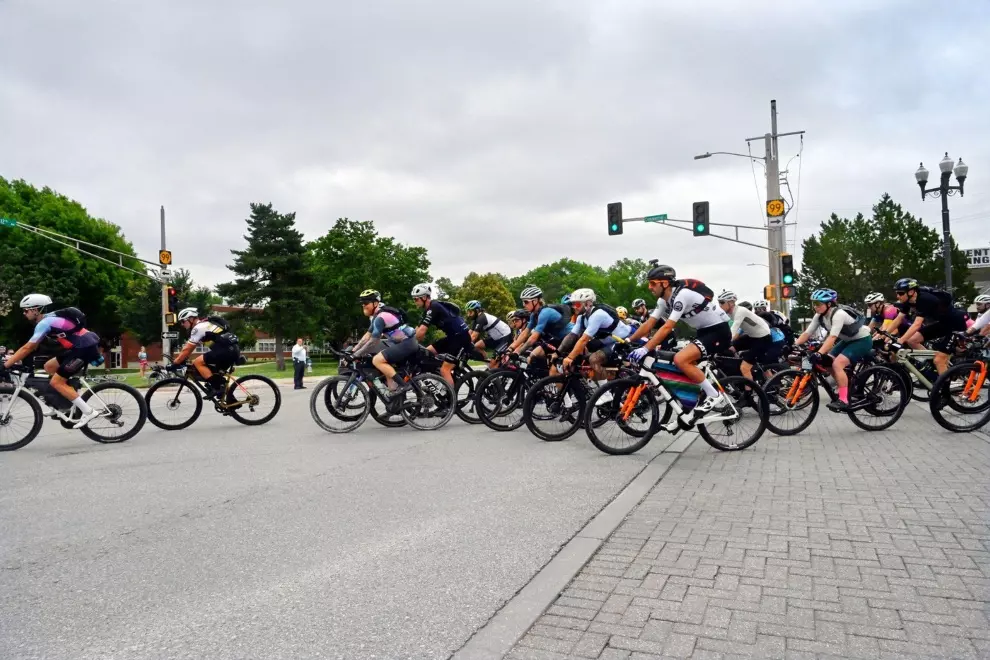Made of steel, aluminium and rarely even titanium tubes, the pioneering MTBs looked beautiful despite lacking the comfort provided by the suspension. I was nothing but enchanted by the freedom that opened up for me by switching from a road bike to my elementary MTB. Exploring unpaved trails on my very first bike was like a dream of an outdoor adventure. No previous bike had ever been able to conquer rough terrain, rocks and roots like my vintage Mongoose wearing fat Panaracer tyres.
https://www.instagram.com/p/CEP1DmSnrEI/?utm_source=ig_web_copy_link
Many things have changed since then, though. Looking at global trails, one would say that hardtails went almost extinct as even XC bikers are now racing on short-travel & full-suspension bikes. Moreover, any full-suspension bike enables you to tackle a more difficult trail with only a little effort. All of these observations might explain why hardtails could have been gone once for all but, luckily, none of this is true.
In recent years, the hardtail bike experience enjoys a comeback even though refined and equipped with 29’’ sized wheels that enable us to ride faster with less pedal effort. A bigger wheel diameter also helps to decrease bumping while riding over rough terrain. Obviously, hardtails will always let you know about every bump and make your back painful after all-day trips. With redesigned frame geometry, however, they now feel safe even while descending the steepest segments of the hill.

By replacing a rigid seat post with a telescopic one, you can get a bike capable of tackling any terrain possible, albeit at a slightly slower pace than by their full-suspension counterparts. If I were to sum it up, unless you need to storm the hill with your DH mates, you can enjoy descending any available trail for a very affordable price. Next to the low purchase price, you can add minimal maintaining costs given by the lack of a shock and pivots common on every suspension bike.
Nicely built hardtail with slack geometry, quality suspension fork and telescopic seat tube can make you happy both on city streets and mountain trails for many years to come without the need to replace the components or change the bike completely to stay up to date. In the shade of the currently popular gravel bikes, I can’t understand why so many people opt for a bike that is not as fast as a road bike and far less fun to ride than a hardtail MTB. If you cannot afford more types of bikes and you like to have a real all-rounder, a hardtail is a reasonably better choice than a gravel bike – throw a stone at me if you like, I stand by what I said.




